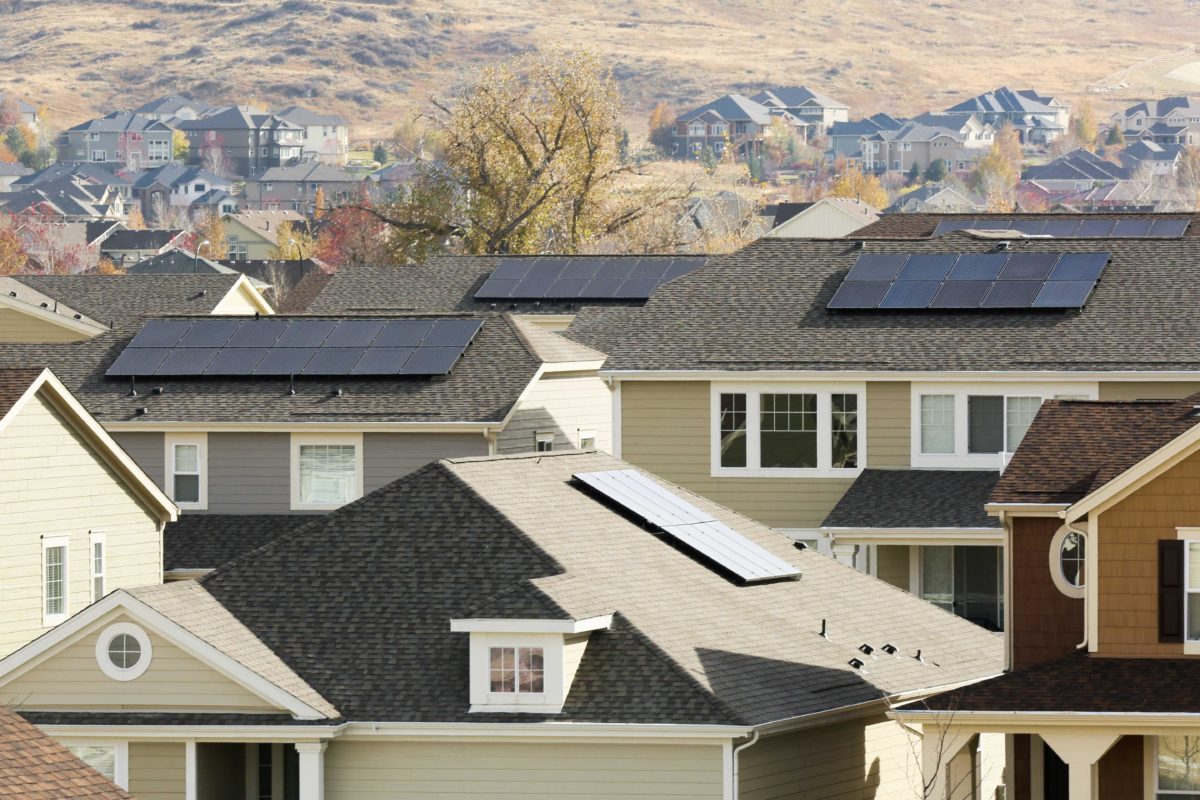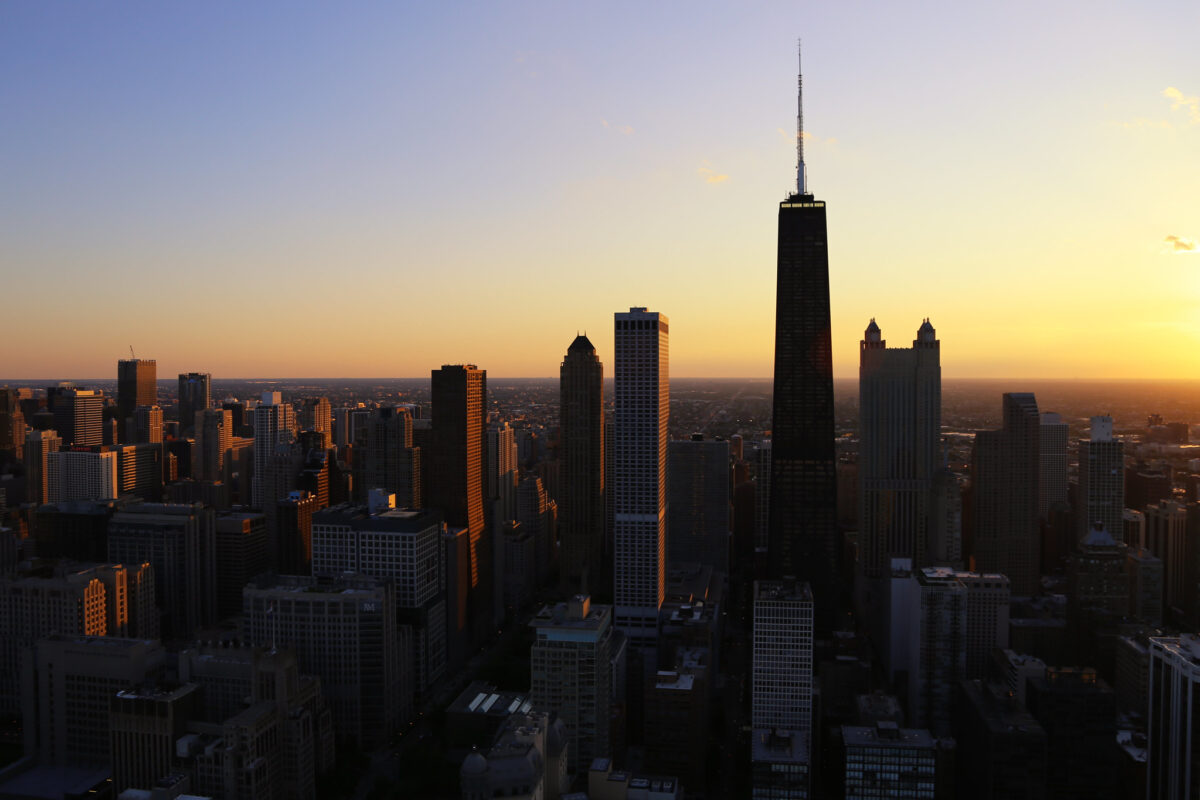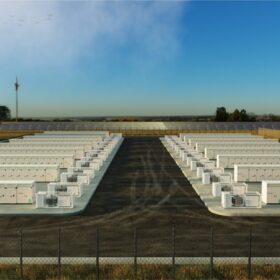Cash is king, and if Congress passes the Save America’s Clean Energy Jobs Act, the future will see a big increase in solar power installations.
Currently, anyone who installs a solar power system – business or private – gets a 26% tax credit. In the year following completion of your solar installation, instead of sending a check to Uncle Sam you might receive one.
There’s the rub: you might get a check. Or, you might not, especially if you do not pay enough tax to benefit from a tax credit. For instance:
● Retired persons whose income is tax free
● Low to Middle Income (LMI) families who pay low taxes
● Real estate investors/owners with low tax liability
● Low income housing
● Farmers
● Non-profit organizations (YMCA, churches)
● Pension funds
● International investors without taxable U.S. income.
What’s more, many successful businesses also have years without tax liabilities.
For example, this author is working with a customer who recently bought a new building, several trucks, and the equipment needed to manage those trucks. This successful business expansion means that in 2021 and 2022 the business probably will not owe federal income taxes.

Image: Pixabay
It also means that, for this business, the Investment Tax Credit won’t mean anything until 2023 income is finalized on or around April 15th, 2024.
The barriers to tax credit utilization have spawned massive industries. The residential solar leasing industry is perhaps twice as large as it would otherwise be. That’s because homeowners typically don’t trust tax credits, and they want their solar now.
A network of boutique investment firms connect small banks and wealthy individuals to owners of projects between 1 and 5 MW. Then, too, almost every Wall Street bank – along with armies of CPAs, engineers, lawyers, and developers – has raised a fund of hundreds of millions of dollars to create tax equity partnerships.
And folks, we haven’t even added in the accelerated federal depreciation. This allows businesses to write off 100% of the depreciable base in the first year. When we add depreciation and tax credits (plus occasional state tax breaks), tax benefits make up well over 40% of a solar system’s incentives.
And these are tax benefits that many cannot utilize.
Ownership society
Instead of all this complexity, let’s imagine that a prospective solar system owner is promised a check for 26% of the system’s cost a mere 120 days after the solar power system is connected to the power grid. That would be a paradigm shift. The retiree suddenly jumps at the opportunity. The LMI family actually sees a benefit. The real estate investor sees a return. The church’s doors stay open to the solar installer who comes knocking.

Image: Wikimedia Commons/Dave Dougdale
The most obvious use for a 26% cash grant is to pay down the bank loan. The second best option is for the bank or solar contractor to accept the system owner’s tax credit in lieu of a down payment.
And the third most popular option – and the one that has been getting some people really excited – is to get a long-term loan for 100% of the project. The project’s payment is covered by the solar savings, and the cash is used for other efficiency upgrades.
Consider the successful and growing business-owner client mentioned earlier. Their investment game just changed. Instead of waiting until 2024 for a tax benefit, the business can actually increase its cash flow almost immediately.
The mortgage holders want to write these kinds of loans, and the accountants approve of them as well. The investor’s family gives the final nod of approval to a stable, insurable, 20-year, seven-figure investment.
And that’s how you get solar power installed.
John Fitzgerald Weaver is a solar power professional, known digitally as the ‘Commercial Solar Guy.’ His company has a construction license in Massachusetts, and directly manages projects in MA & RI. He may be reached at commercialsolarguy@gmail.com.
This content is protected by copyright and may not be reused. If you want to cooperate with us and would like to reuse some of our content, please contact: editors@pv-magazine.com.








Great argument but have you looked at how Australia’s system works? Here I can get a top-quality 6.6kW system installed for AUD$5000. Theres a subsidy of AUD$3500 that the installer pockets but even without that the cost is only AUD$8000. That’s $6,500.
Energysage reckons the same stem in the US costs about $13,000, literally twice the price!!
It’s the same products but the U.S. is much bigger market with much cheaper labor, it should be cheaper for you!